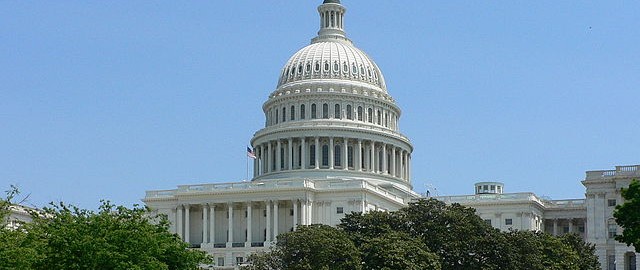News Roundup: U.S. Federal Government Passes Self Drive Act, Startup Uses CCTV Footage to Improve Driverless AI Systems, and More
Jennifer van der Kleut
A look at some of the biggest headlines to come out of the driverless, connected-vehicle world this past week:
U.S. Houses passes Self Drive Act with bipartisan support
There’s a lot of division in American politics these days, but there appears to be one area where both sides of the aisle can come together-and that is the importance of advancing autonomous vehicles. The federal government on Wednesday passed a bill that takes safety regulations and guidelines of non-commercial, driverless vehicles out of individual states’ hands and makes it a federal issue. The bill blocks states from regulating “the design, construction, or performance” of automated vehicles, arguing that too many individual states have been passing contradictory laws that, together, are hindering the technology’s progress and prevent vehicles from traveling over state lines. The bill does allow technology and vehicle companies to seek exemption from federal safety standards for up to tens of thousands of vehicles at a time, provided that “safety is not downgraded.” For example, if Google’s Waymo doesn’t want to put steering wheels in their self-driving cars (as they have been known not to do), they can apply for an exemption if they can prove it does not diminish the car’s safety. The Self Drive Act does not apply to commercial trucks bigger than 10,000 pounds, or vehicles meant to carry more than 10 passengers or hazardous materials. The trucking industry is a sensitive area for the federal government as it relates so much to the economy, particularly when job losses for human drivers are considered. Read more about the Self Drive Act from the Washington Post.
FiveAI using CCTV footage to study intersections to improve driverless car software
UK-based startup FiveAI is using the City of London’s existing CCTV footage of certain intersections and street junctions to study car and driver behavior to create better simulations for improving self-driving car software. In particular, FiveAI’s engineers want to study how human drivers, cyclists and pedestrians react differently to traffic lights from country to country. For example, in one country, cyclists may tend to obey all traffic lights as though they were driving a car, such as by stopping at a red light or observing a stop sign, but in another country where cyclists are more bold, they may breeze right through a similar intersection. Engineers say that by studying this behavior, they can better train artificial intelligence (AI) systems to better predict human behavior in different situations. That encompasses one of the company’s two main focuses currently-prediction. The other focus is perception. FiveAI is working to train AI systems to better sense how far away an object or obstacle is, and overall to create a “dynamic model of the world around it,” to help build a more detailed navigational map of the world. Read more about FiveAI from WIRED.
Honolulu to begin testing driverless rail cars
Honolulu rail officials have partnered with Ansaldo Hawaii Joint Venture to build driverless rail cars. Testing of the rail cars was set to begin this week in a short circuit loop on a section of elevated railway in Wapiahu. A human operator will be on board during the testing. In addition, lawmakers approved a bill that would increase the city’s hotel tax by one percentage point to raise another $2.4 billion for the project. The governor is expected to sign the bill. Read more from the Business Journal.

